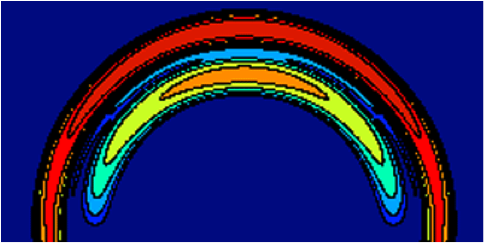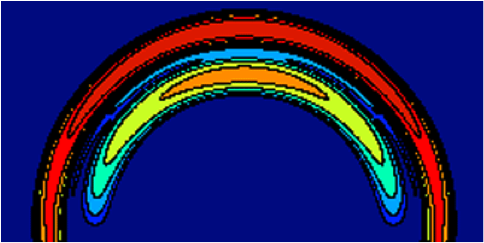First Out of the Gate
In 2010, experimentalists made a curious discovery when they ionized neon atoms with short, intense pulses of ultraviolet light. The time it took for an electron in the orbital of the atom to be emitted was 21 attoseconds longer than that of an -orbital electron. The discrepancy was a sign that electron correlations play a role. Initial theoretical calculations of the delay confirmed the existence of a time difference between the emission processes, but the theoretical time delay was three times shorter than the experimental delay.
Now, Laura Moore and colleagues at Queen’s University Belfast, UK, have approached the problem using a time-dependent description of the complex laser-atom interaction. Their method, which is presented in Physical Review A, attempts to model the system by following the same time evolution of the photo-excited electrons as in the experiment.
The calculated time delays are found to be about 10 attoseconds, once again, half those found in experiment. The discrepancy between theory and experiment enlivens the investigation, but is not surprising in the early stage of exploration. According to the authors, theoretical calculations can be improved by accounting for the full complexity of the many-electron motion induced by the ultraviolet light. – Jessica Thomas





